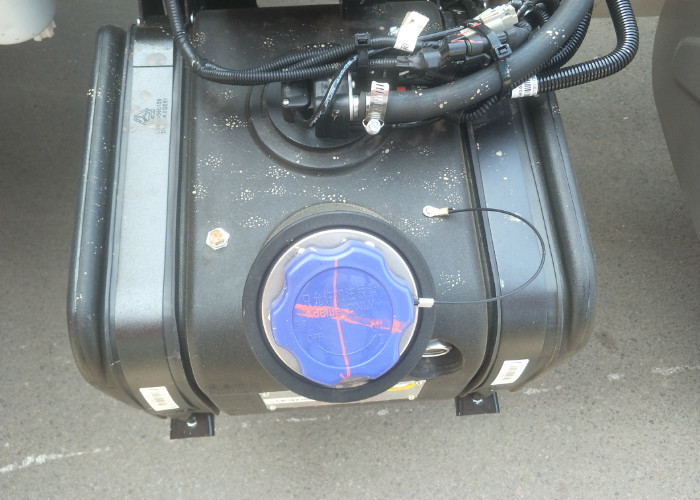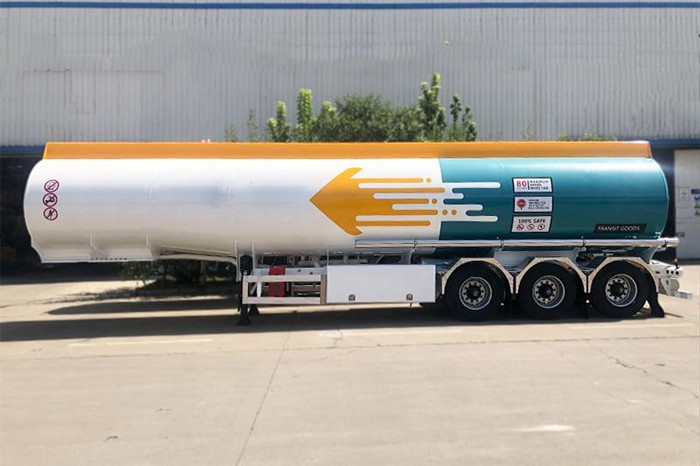Septic pump trucks play a pivotal role in the sanitation and waste management industry. They serve as crucial tools for maintaining the cleanliness and efficiency of septic systems, especially in areas without access to municipal sewage systems. This article delves into various aspects of septic pump trucks, including their functions, types, maintenance, and tips for choosing the right service provider.
What is a Septic Pump Truck?
A septic pump truck is a specialized vehicle equipped with a large tank and a powerful pump system designed to remove and transport wastewater from septic tanks, grease traps, and holding tanks. These trucks are essential for the maintenance of septic systems, as they ensure that waste is properly disposed of in compliance with environmental regulations.
How Septic Pump Trucks Work
The operation of a septic pump truck is relatively straightforward. Here’s how it works:
- The truck arrives at the septic tank location.
- The operator opens the septic tank access lid.
- The pump hose is inserted into the tank.
- The pump is activated, drawing the waste into the truck’s holding tank.
- Once the tank is full, the truck proceeds to a designated waste disposal site, where it empties the contents.
Types of Septic Pump Trucks
Understanding the different types of septic pump trucks can help homeowners and businesses alike choose the right services for their needs. Septic pump trucks vary based on size, capacity, and specialty.
1. Backpack Septic Pump Trucks
These smaller trucks are able to navigate tight spaces, making them ideal for residential areas or locations with limited access.
2. Standard Septic Pump Trucks
A standard truck typically features a tank capacity ranging from 1,000 to 3,000 gallons, suitable for most residential and commercial applications.
3. Large Capacity Septic Pump Trucks
Designed for heavy-duty operations, large capacity trucks can hold up to 6,000 gallons or more—ideal for industrial sites or when numerous tanks need servicing.
Why Regular Septic Tank Pumping is Important
Regular pumping and maintenance of septic tanks can prevent several issues, such as:
- Clogs and back-ups that lead to expensive repairs.
- Health risks associated with untreated waste.
- Environmental pollution from inadequate waste disposal.
- Reduced lifespan of septic systems.
Signs Your Septic System Needs Pumping
Awareness of the warning signs can help homeowners act before problems escalate:
- Bad odors around the septic tank area.
- Slow draining sinks, showers, and toilets.
- Pooling water above the septic system.
- Gurgling sounds in pipes.
When to Schedule Septic Pumping
Typically, septic tanks should be pumped every 3 to 5 years, but conditions may vary based on:
- Size of the tank.
- Household size and water usage.
- Type of waste entering the system.
Seasonal Considerations
It’s wise to schedule pumping before heavy rain seasons, as soils may become saturated, leading to potential back-ups and system failure.
Choosing the Right Septic Pump Truck Service
Finding the right service provider is crucial for effective septic maintenance. Here are some practical tips:
1. Research Local Providers
Check online reviews, ask for recommendations from friends or neighbors, and explore local directories. This helps find reputable services.
2. Ensure Proper Licensing and Insurance
Confirm that the service provider has valid licenses and insurance to operate in your area. This protects you from liability issues.
3. Request Quotes and Compare Services
Obtain multiple quotes and inquire about the services included. A low price may not always guarantee comprehensive service.
Septic Pumping Process Explained
Step-by-Step Overview
| Step | Action |
|---|---|
| 1 | Locate the septic tank and access points. |
| 2 | Remove the septic tank lid carefully. |
| 3 | Insert the vacuum hose into the tank. |
| 4 | Activate the pump to begin removal. |
| 5 | Inspect the tank for any damage. |
| 6 | Close the tank after cleaning and secure the lid. |
Cost Factors for Septic Pumping
The cost of septic pumping can vary based on several factors, including:
1. Geographic Location
Prices may vary significantly from one region to another, impacted by local regulations and demand.
2. Size of the Tank
Larger tanks require more labor and time to pump and maintain, leading to higher costs.
3. Accessibility
Trucks may incur additional charges if your tank is difficult to access, requiring more time or specialized equipment.
Average Costs Table
| Tank Size | Estimated Cost |
|---|---|
| 1,000 – 1,500 gallons | $250 – $400 |
| 1,500 – 2,000 gallons | $350 – $600 |
| 2,000 – 3,000 gallons | $500 – $800 |
Common Myths About Septic Systems
1. Myth: Septic Systems Don’t Need Maintenance
Fact: Without regular maintenance, septic systems can fail, leading to costly repairs and health hazards.
2. Myth: All Products Are Safe for Septic Systems
Fact: Many household products can harm the beneficial bacteria in septic tanks, disrupting their function.
3. Myth: You Can Flush Anything Down the Toilet
Fact: Non-biodegradable items can cause severe blockages. Always dispose of such items in the trash.
FAQs About Septic Pump Trucks
What is the average lifespan of a septic tank?
The average lifespan of a septic tank is 20 to 30 years, but this can vary based on soil conditions and maintenance practices.
How often should I pump my septic tank?
Typically, a septic tank should be pumped every 3 to 5 years, but more frequent servicing may be necessary for larger households or if the system is under heavy use.
Can I pump my own septic tank?
Pumping a septic tank is generally best left to professionals with specialized equipment and knowledge to ensure safe and proper disposal of waste.
What happens if a septic tank is not pumped?
If a septic tank is not pumped regularly, it can lead to clogs, backups, and ultimately system failure, resulting in increased costs and potential health hazards.
Are there any environmentally-friendly alternatives?
Some companies offer green septic services using biodegradable products and techniques that minimize environmental impact during the pumping process.
How should I prepare for a septic tank pumping?
Mark the location of the tank access points, clear the area for easy truck access, and avoid using water or appliances that can fill the tank before the service.






